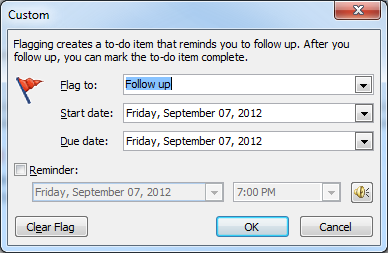Several of our customers have been confused recently regarding the number of Microsoft licenses they own. The issue is confused by Microsoft’s process itself. When a customer purchases licensing they are issued an Open Business Authorization certificate which states the number of licenses purchased.
The client is also issued a set of keys to install the purchased licenses. The license number and the number of times the customer can use the key are very confusing. In fact the key can be used roughly 5 times per 1 license. As an example, if a customer purchases 10 Windows Server licenses, the associated key may state a quantity of 50. This actually means you can activate the key 50 times on the same 10 licenses.
If you seem to have extra licenses that magically appeared, make sure you are looking at your certificate and not the number associated with the keys.

